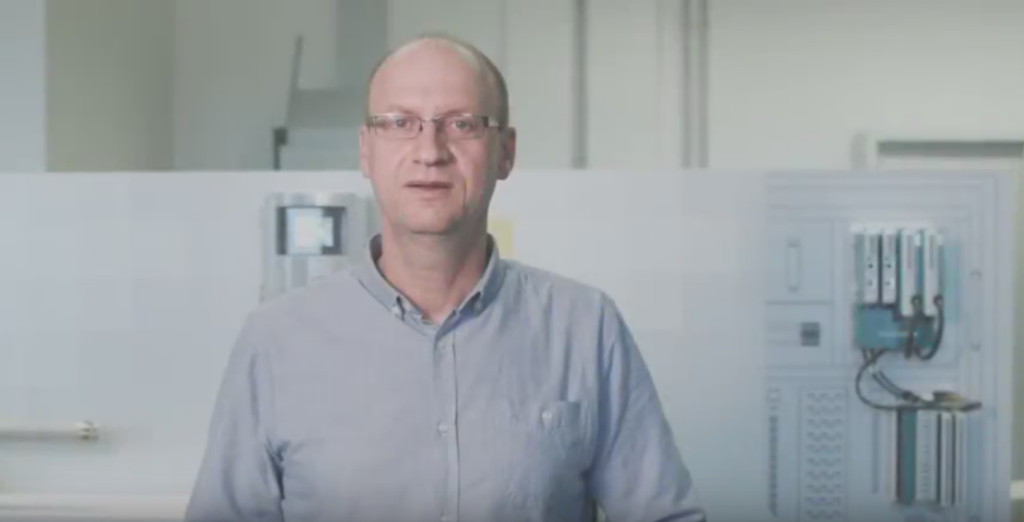By the way, what do you mean by that?
In a recent conversation with a customer regarding the subject IT infrastructure, he also wanted APC to be considered. We were talking about how to integrate a new data server at Level 3 (ISA95). APC is not implemented yet, but they would want to use it in the future. So far so good. When I asked what his intentions were in implementing APC, an often heard but unhelpful answer came: “To optimise the process.”
In addition, however, a rather unusual statement of intentions followed: to place the APC in Level 3 (ISA95). I was amazed at the plan to install the APC so far removed from the process control system (not to mention all the security discussions we had had before). I was even more amazed by the statement that they had intended to use the APC to calculate the setpoints for “ideal operation” of the plant.
Obviously we were not speaking the same language.
So we “took a step back” and first clarified what “optimisation” and “APC” mean for us. As it turned out, this was a very helpful step – and also the reason for this series of articles.
No, it is not about technical details, planning or implementing a strategy or individual solutions.
Rather, it is about finding a consensus on what optimisation can actually be. We also want to take a look at what resources are available to me to achieve this, whether it is worth optimising and what that has to do with Industry 4.0.
These articles are certainly not aimed to be exhaustive or to conclude a “perfect definition” in the end. But maybe this will build a good foundation for talking about this topic. We would be glad to hear your opinions and ideas on this topic. Because it is our job to understand what you want and need.
Optimisation, what does it mean?
What we can quickly agree on in the process industry is that the term “optimisation” in most cases refers to “process optimisation”. Of course, in all other areas, such as HR, accounting or logistics, optimisation is also possible and often advisable. Here we want to limit ourselves to (process engineering) process optimisation, as an example.
When asked what should be achieved with this “optimisation”, there are many different answers. But ultimately it is always about making more profit at lower costs, that is to say, “saving money”. How this is to be achieved or what is affected by it can vary drastically. Classic examples are using less energy and/or input materials while maintaining the production output, to produce less rejects and/or to minimise production times (for example “Golden batch”).
This also includes the digitisation and/or automation of workflows. Elements of safety and security engineering are also included, i.e. functional and IT security. Both are essential for production with minimal downtime.
Combinations of solutions also come into play
In summary, it can be said that most people quickly agree on the “what” (“saving money”). But the “how” often remains contested. And this does not even refer to a concrete solution, but in what form you want to achieve this “what”. Do you want to save energy, increase IT security or optimise production processes, etc.? Of course, combinations of solutions also come into play. A classic example here would be a rigorous on-line optimisation combined with a multivariable model predictive control (MPC). In general, it can be said that the choice of “how” depends on the desired goal and the prevailing circumstances. It is therefore important to present both of these points in as much detail as possible in order to then make a well-founded decision.
Two comments in this regard:
- “Optimisation” can only be successful given the interaction between technology/solutions, work processes/procedures and people.
- “Optimisation” always means “investing” – namely an investment in money and time.
To not make these articles too exciting, we want to address the most pressing question right at the beginning …
Is optimisation really worth it?
Like almost everything, this question can only be answered in a relative manner. What is very clear: Once I have my system in place, I have installed the most necessary instruments and controls (also taking regulatory requirements into account), I am able to start production. If I am still holding a monopoly in my sector, I can leave it at that. Unless I want to maximise my profit.
Things are very different if there are any competitors in my field. Then it is no longer enough me to merely produce effectively. Because my competitors do that as well. I have to produce efficiently as well. And that is exactly what “optimisation” provides. It increases efficiency. And, to get back to the beginning: even though we have primarily dealt with production here, “optimisation” is a task to be performed by all business areas.
In the next article we will give an overview of our options for optimisation. Again, certainly not with the aim of providing an exhaustive lust, but as a stepping stone and a source of ideas. And if you take a step back and look at what we are dealing with here, all of this has a lot to do with digitisation and Industry 4.0. We will deal with this topic in the 3rd part of this series of articles.




